1. Introduction
A Layer Chicken Rearing Cage is an essential poultry housing system specifically designed for raising young layer chickens during their critical growth phase before they begin laying eggs. This cage system provides a controlled, secure, and comfortable environment that optimizes chick development, ensures uniform growth, and facilitates easy management.
Modern layer chicken rearing cages integrate durable materials, advanced feeding and watering systems, effective waste management, and good ventilation. They are widely used in commercial poultry farms aiming to maximize productivity and minimize mortality, disease, and labor costs. Proper rearing cages play a crucial role in preparing birds for the transition to laying cages, thereby enhancing overall egg production efficiency.
2. Technical Parameters
Cage Length | 1200–1400 mm |
Cage Width | 600–700 mm |
Cage Height | 350–450 mm |
Number of Tiers | 2 to 5 tiers, depending on facility |
Wire Diameter | 1.5–3.0 mm galvanized steel wire |
Mesh Floor Opening Size | 10–15 mm (to support young chickens) |
Material | Hot-dip galvanized steel |
Feeding System | Manual trough or automatic chain feed |
Drinking System | Nipple drinkers with drip cups |
Bird Capacity per Cage | 40–100 birds depending on size and age |
Manure Removal | Manure trays or conveyor belts |
3. Features of Layer Chicken Rearing Cage
3.1 Durable and Corrosion-Resistant Materials
Constructed from high-quality hot-dip galvanized steel wire, these cages resist rust, corrosion, and damage caused by moisture and ammonia, providing a lifespan of 10-20 years with proper maintenance.
3.2 Optimized Mesh Design
The wire mesh flooring features a suitable aperture size for chick safety, promoting foot health and minimizing injury risk while facilitating manure drainage.
3.3 Multi-Tiered Structure
Layer chicken rearing cages are designed in multiple tiers (2-5 levels) to maximize vertical space and housing density without compromising bird welfare.
3.4 Efficient Feeding and Drinking Systems
Equipped with chain or pan feeding lines and nipple drinkers, these cages ensure birds have constant access to clean feed and water, supporting steady growth.
3.5 Automated Manure Removal
Manure trays or conveyor belts under each tier facilitate efficient waste management, reduce labor, and help maintain hygiene.
3.6 Ventilation and Lighting Integration
Open wire design allows excellent airflow; combined with controlled lighting systems, this supports healthy bird development and environmental regulation.
3.7 Modular and Scalable Design
The cages can be easily expanded or reconfigured according to flock size and farm layout, offering flexibility and scalability.
4. Advantages of Layer Chicken Rearing Cage
4.1 Enhanced Growth Uniformity
Uniform feed and water access across cages minimize competition and ensure consistent growth rates among birds.
4.2 Improved Hygiene and Biosecurity
Elevated cages reduce contact with manure, lowering the risk of disease transmission and maintaining a cleaner environment.
4.3 Labor and Cost Efficiency
Automation in feeding, watering, and manure handling significantly reduces manual labor and operating costs.
4.4 Space Optimization
Multi-tier design maximizes the use of available space, allowing higher bird density and better return on investment.
4.5 Reduced Mortality and Stress
Comfortable and secure housing minimizes injuries and stress, promoting healthier birds and reducing mortality rates.
4.6 Preparation for Laying Phase
Rearing cages help birds acclimate to cage environments, making the transition to layer cages smoother and enhancing subsequent egg production.
5. Application Scenarios
Commercial Layer Farms: For rearing large numbers of young layers efficiently before they enter production.
Breeder Operations: Ensuring uniform and healthy pullets for breeding stock.
Research Facilities: For controlled studies on layer chicken growth and health.
Small and Medium Farms: Modular systems offer cost-effective solutions.
Climate-Controlled Poultry Houses: Integration with ventilation and environmental control systems.
6. Installation and Usage Instructions
6.1 Site Preparation
Ensure a clean, dry, and level floor for cage installation.
Verify the availability of power, water, and feed delivery systems.
Maintain adequate ventilation in the poultry house.
6.2 Cage Assembly
Follow manufacturer guidelines to assemble frames, tiers, feeding lines, and watering systems.
Secure cages firmly to avoid movement or tipping.
6.3 Bird Placement
Place day-old chicks carefully to minimize stress.
Maintain recommended stocking density (approx. 10–15 birds/m² depending on age).
Ensure brooding temperature and humidity are controlled.
6.4 Feeding and Watering Management
6.5 Environmental Management
Maintain temperature starting at 32–35°C for chicks, gradually reducing over weeks.
Implement proper lighting programs (20–22 hours initially, reducing to 8–10 hours as birds mature).
Ensure sufficient airflow to control heat and moisture.
6.6 Manure Management
7. Maintenance and Safety
7.1 Routine Inspection
Check cage integrity, door functionality, and mesh conditions.
Monitor feeders and drinkers for blockages or leaks.
7.2 Cleaning Procedures
Clean and disinfect cages thoroughly after each flock.
Remove debris, dust, and feed residues to prevent pest infestations.
7.3 Equipment Maintenance
7.4 Safety Protocols
8. Frequently Asked Questions (FAQs)
Q1: What is the ideal stocking density for layer chicken rearing cages?
A1: Typically, 40–60 birds per square meter for day-old chicks, reducing density as they grow, to around 10–15 birds/m².
Q2: How long can chicks stay in rearing cages?
A2: Generally from day-old to 16–18 weeks, before moving to layer production cages.
Q3: Are the cages suitable for automated feeding and watering?
A3: Yes, they are compatible with automatic chain feeders and nipple drinker systems.
Q4: How often should manure be removed?
A4: Daily or every 2–3 days, depending on flock size and house environment.
Q5: What is the lifespan of a layer chicken rearing cage?
A5: With proper maintenance, cages last between 10–20 years.
Q6: Can these cages be used in free-range systems?
A6: They are primarily for controlled environment systems; free-range systems use different housing.
Q7: How to prevent foot injuries in chicks?
A7: Use cages with appropriate mesh size and regularly inspect for sharp edges or damaged wire.
Q8: What environmental conditions should be maintained?
A8: Temperature should start at 32–35°C and be gradually lowered; humidity around 50–70%; good ventilation is essential.
Q9: Are layer chicken rearing cages suitable for all climates?
A9: Yes, especially when integrated with climate control systems like ventilation, heating, or cooling.
Q10: How to ensure biosecurity in rearing cages?
A10: Limit human contact, disinfect regularly, control access, and maintain clean environments.
9. Conclusion
The Layer Chicken Rearing Cage is a vital component of modern poultry production systems. It offers a secure, hygienic, and efficient environment for young layer chickens to grow healthily and uniformly. The combination of durable construction, advanced feeding and watering systems, and effective waste management results in improved growth performance, reduced mortality, and better preparation for the laying phase.
Implementing high-quality rearing cages improves labor efficiency, reduces disease risks, and increases overall profitability in commercial poultry farming. This detailed guide offers valuable insights for producers, suppliers, and poultry enthusiasts aiming to optimize layer chick rearing.
Company Profile
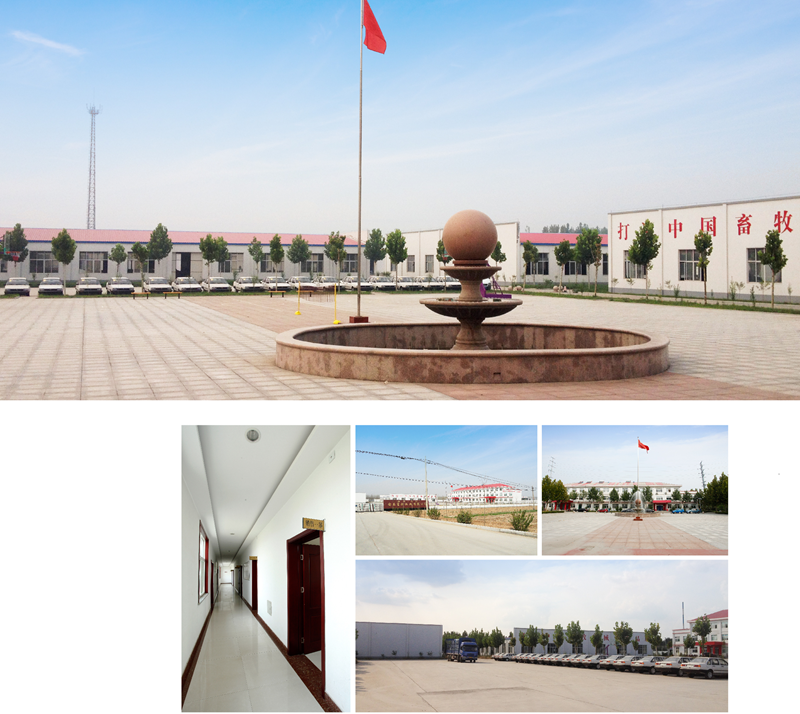
Shandong Huimin Qinle Livestock Machinery Co., Ltd. (formerly Shandong Huimin Qinle Livestock Machinery Factory) is a professional poultry equipment manufacturer with over 20 years of experience. We offer a comprehensive service package, from design (land and chicken coops), production (equipment and prefabricated steel coops), installation, commissioning, customer training, and after-sales service.
Located in Huimin County, Binzhou City, Shandong Province, China, the company has extensive experience in mechanical processing and manufacturing, as well as livestock machinery production and operation. With fixed assets of RMB 15 million, the company employs 160 people, including 30 R&D staff, and occupies a 40,000-square-meter factory. Equipped with over 110 pieces of advanced precision production equipment, including CNC machining centers and laser cutting machines, the company boasts a production capacity of RMB 50 million.
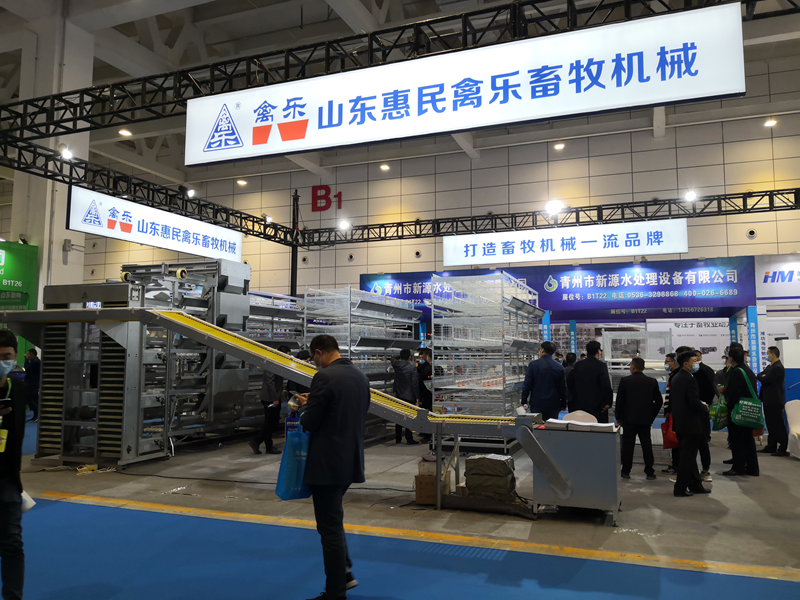


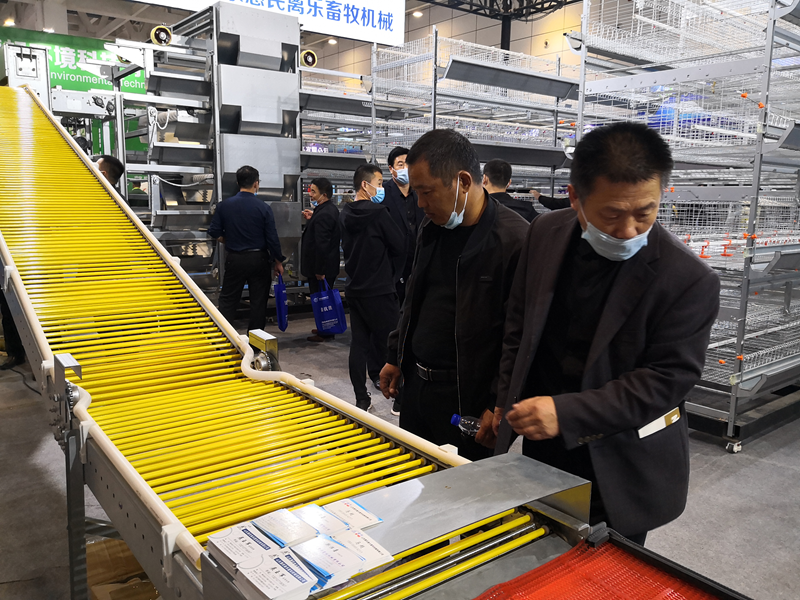
Chicken Farming Equipment Mesh Production Workshop

Machining Workshop

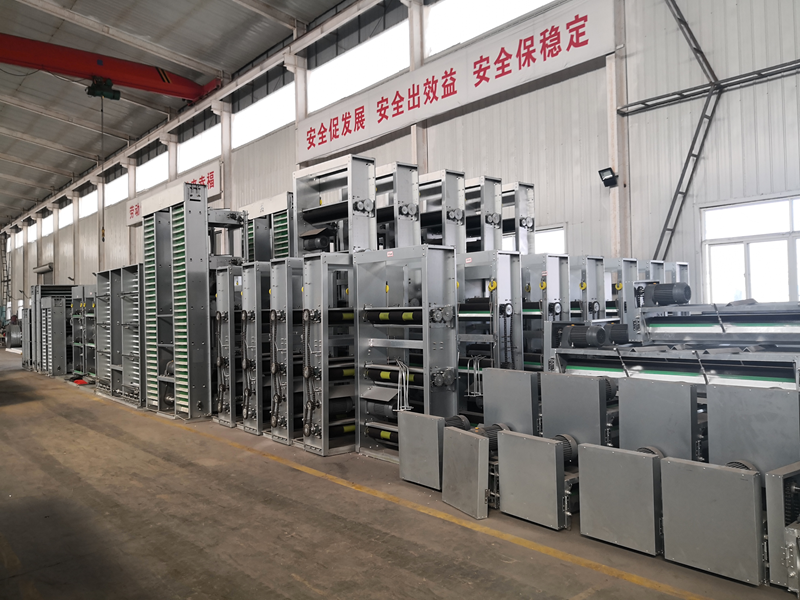
Turret-type CNC Punch Press, Laser Cutting and Other Machining Equipment



Fully Automated Roll Forming Production Line

Hot-dip Galvanizing Production Line

Electroplating Production Line

Environmental Protection Equipment

Chicken Farming Equipment Product Series
Egg-laying Hen Farming Equipment
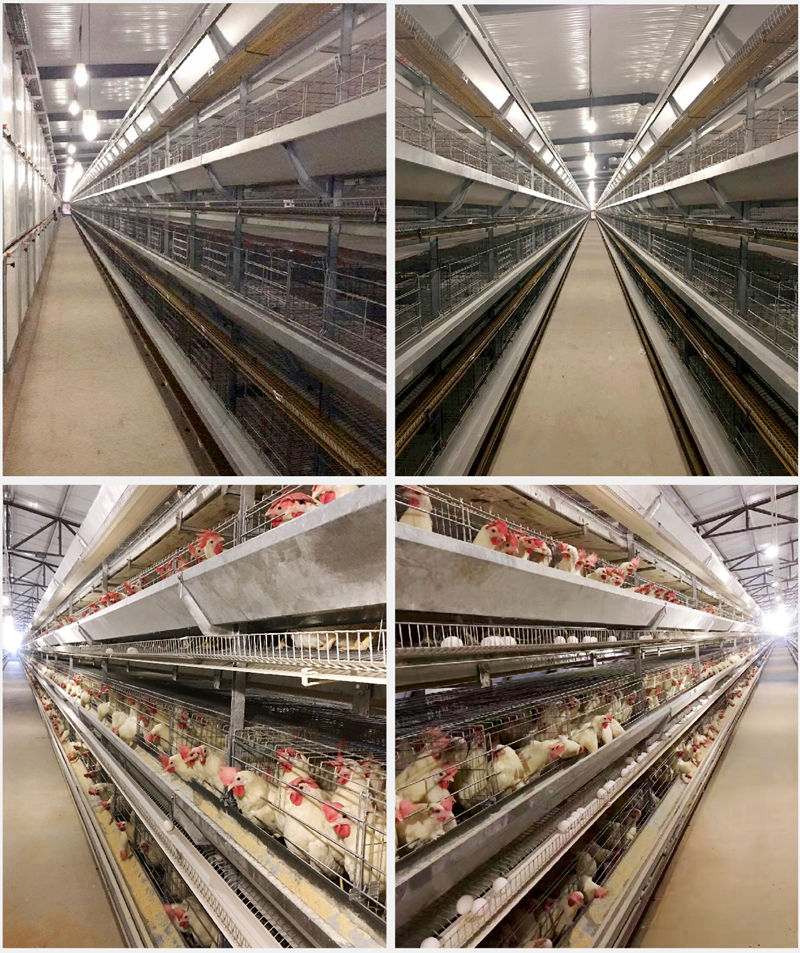
Stacked Brooding Cage Equipment

Stacked Broiler Cage Equipment
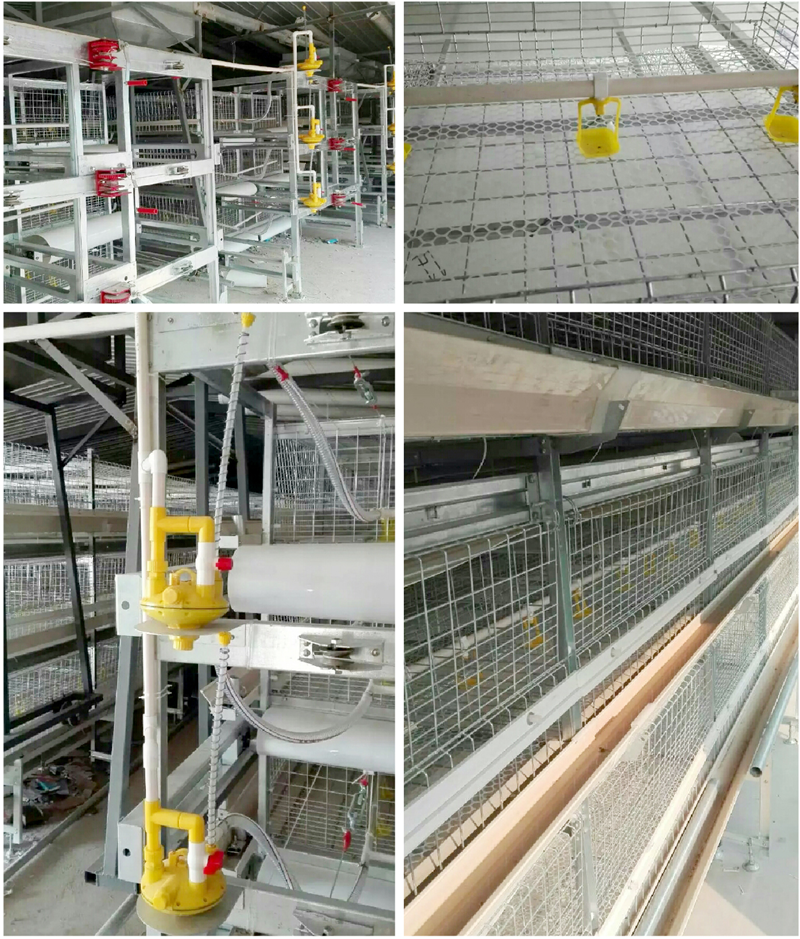
Stepped Layer Hen Cage Rearing Equipment
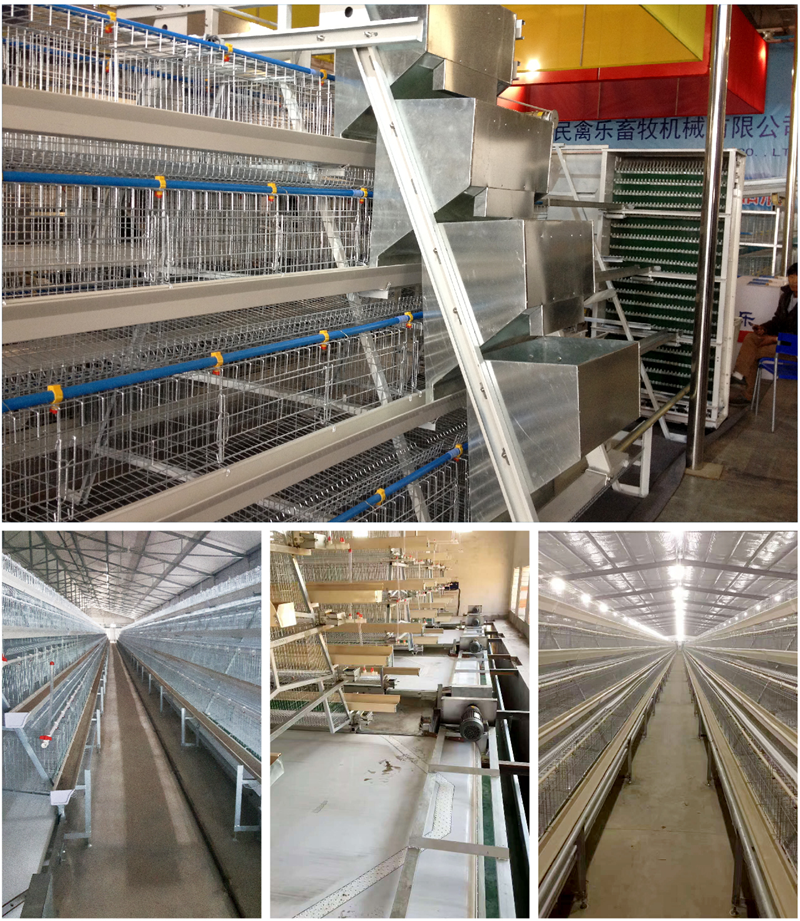
Automatic Egg Collection System

H-type Cage Feeding Machine
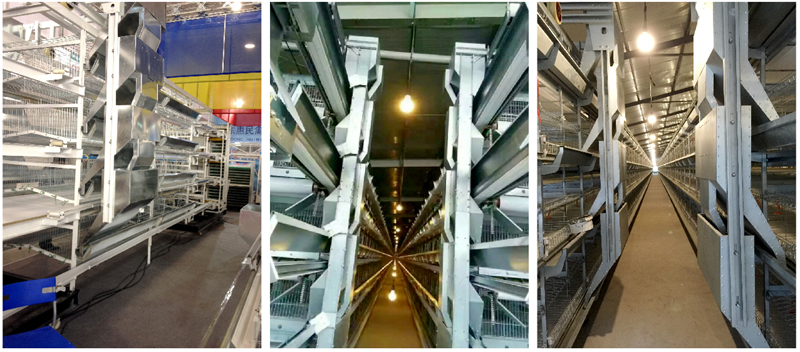
Stepped Cage Straddle Feeder
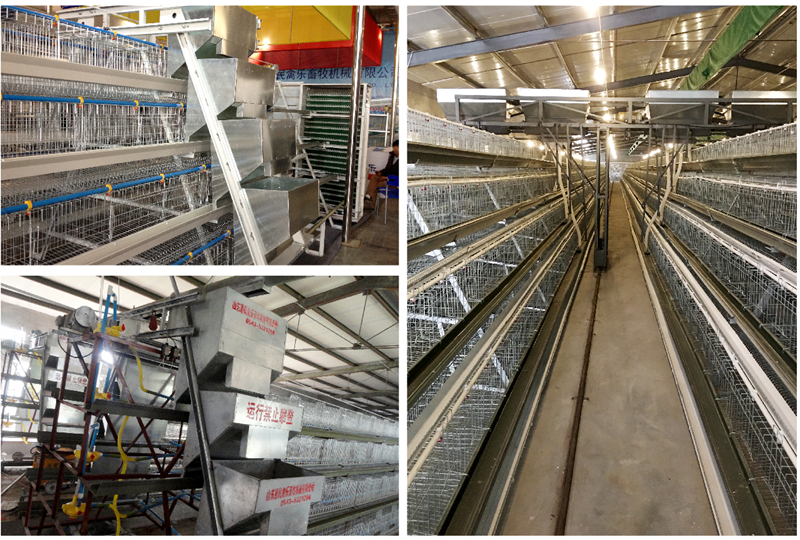
Manure Removal Machine

Fans, Heated Curtains, Environmental Control Systems, and Lighting Equipment
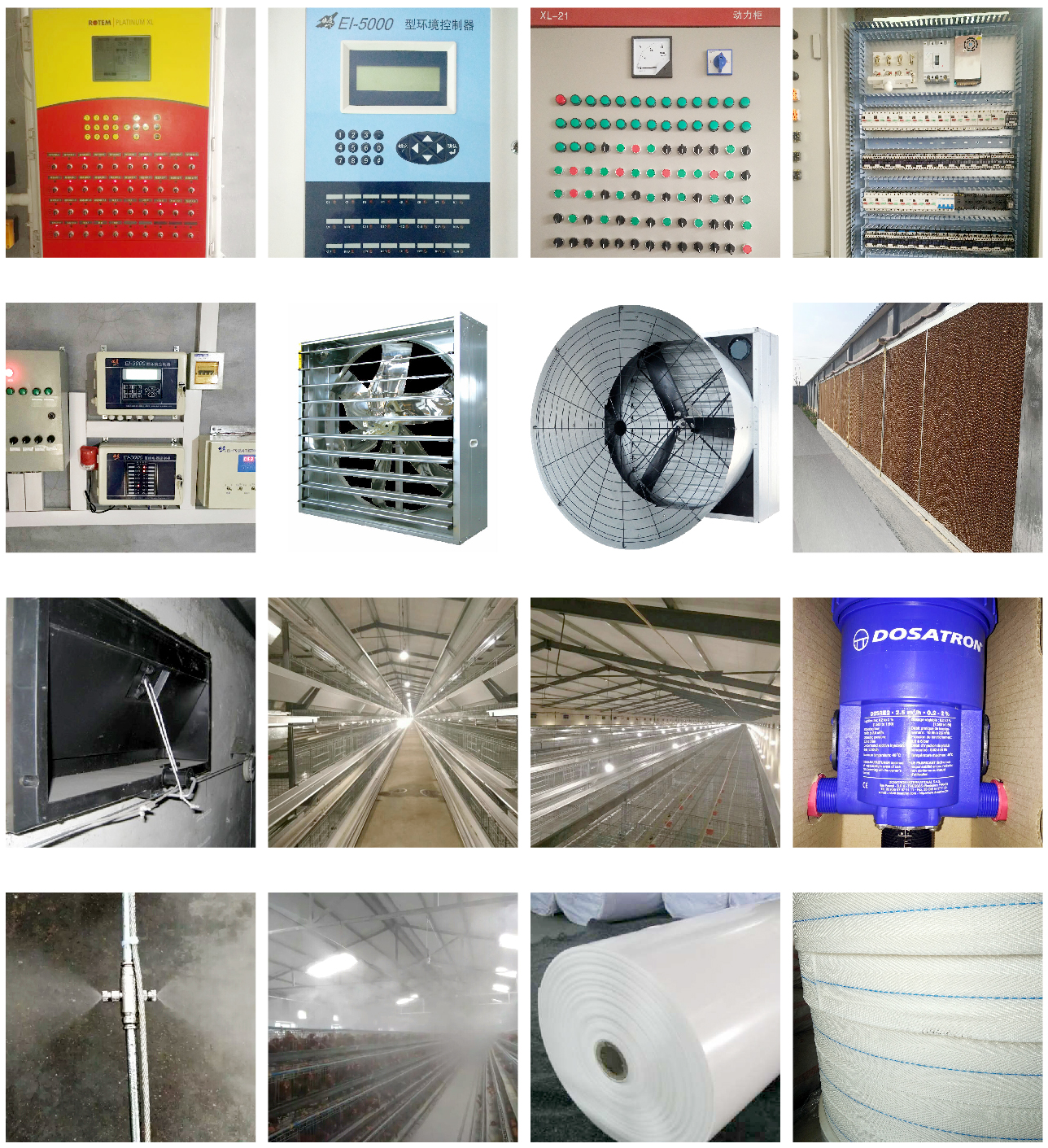
Complete Set of Equipment for Organic Fermentation Treatment of Manure


 Catalogue
Catalogue































 Whatsapp
Whatsapp Telefon
Telefon